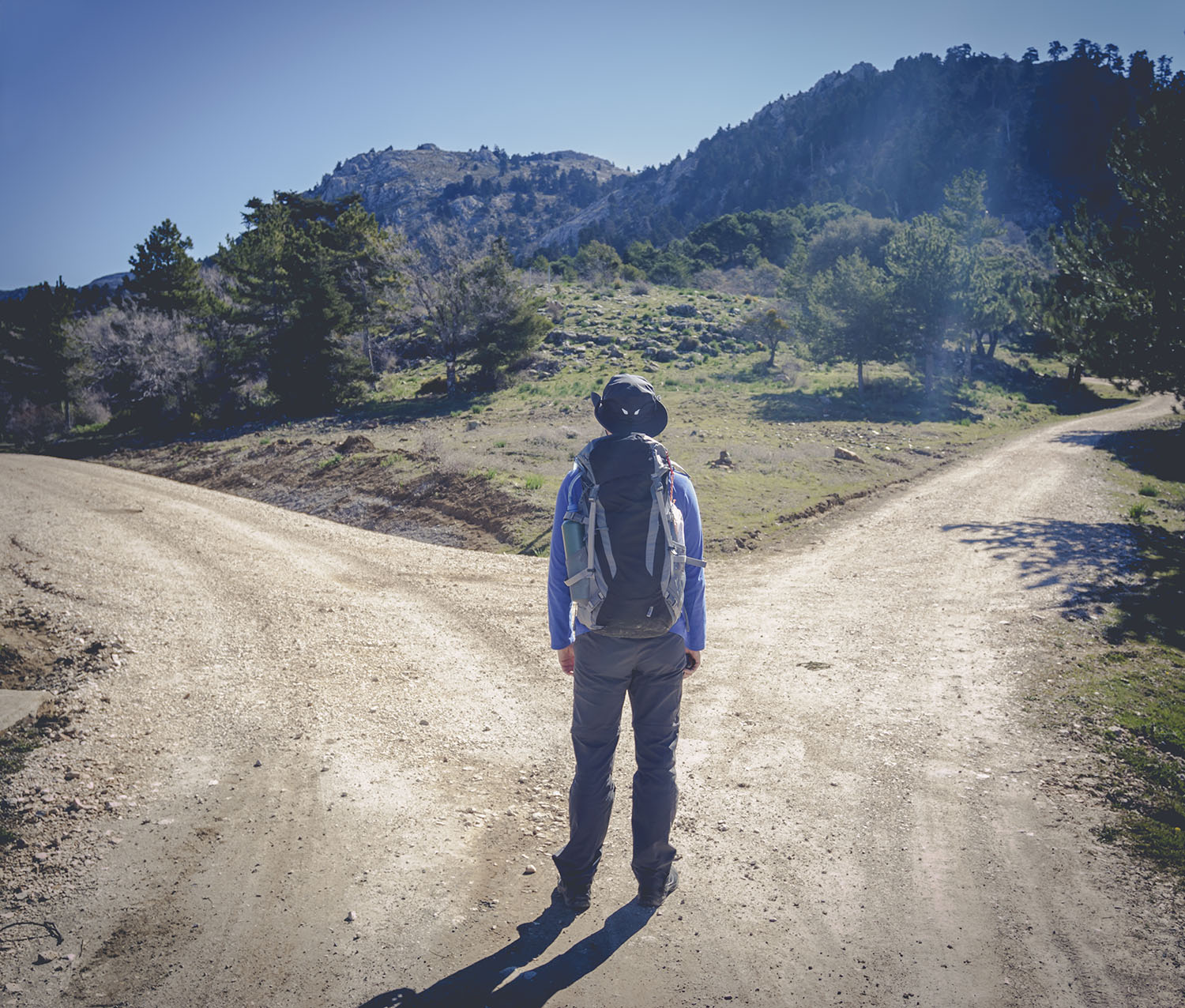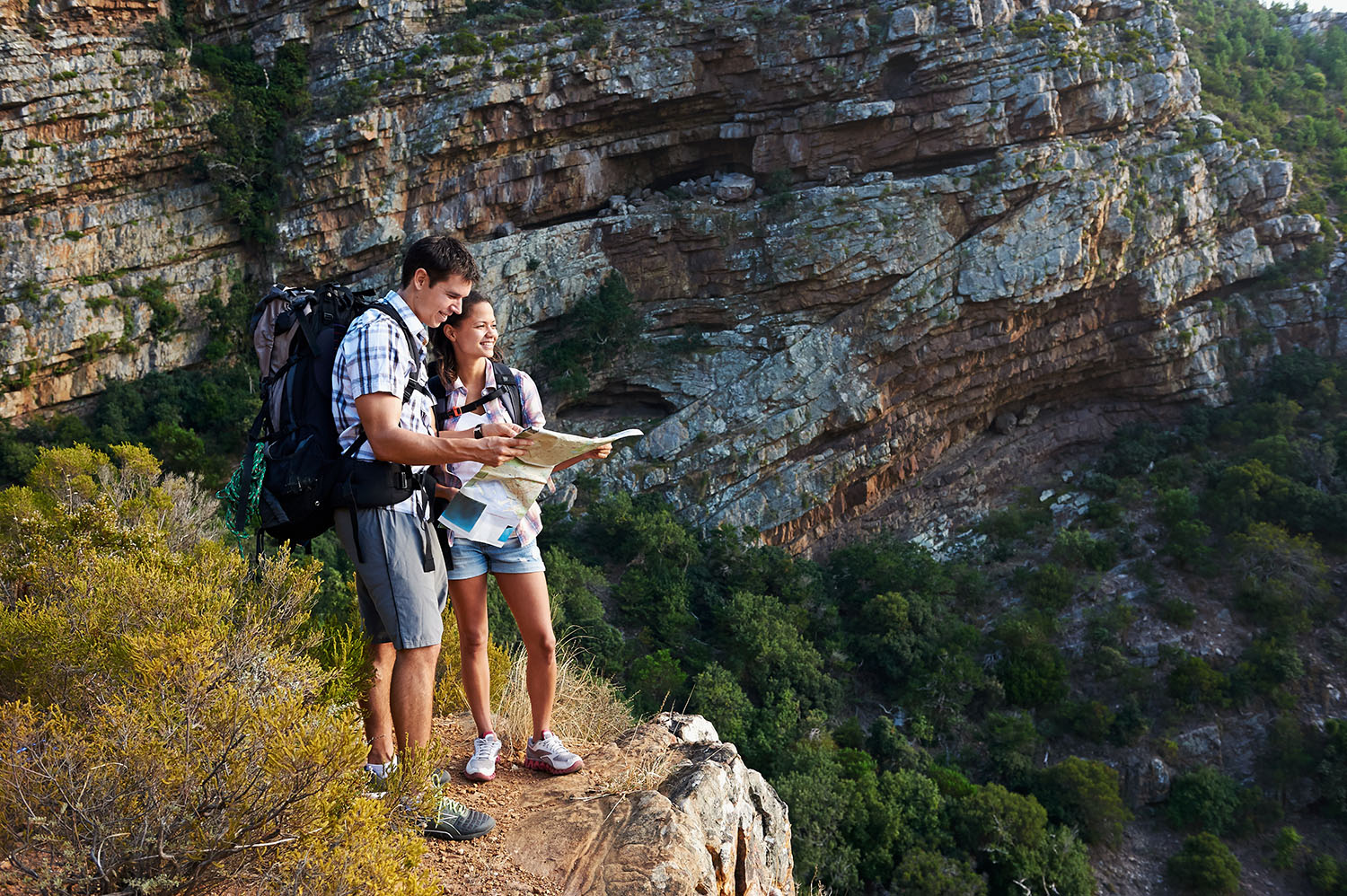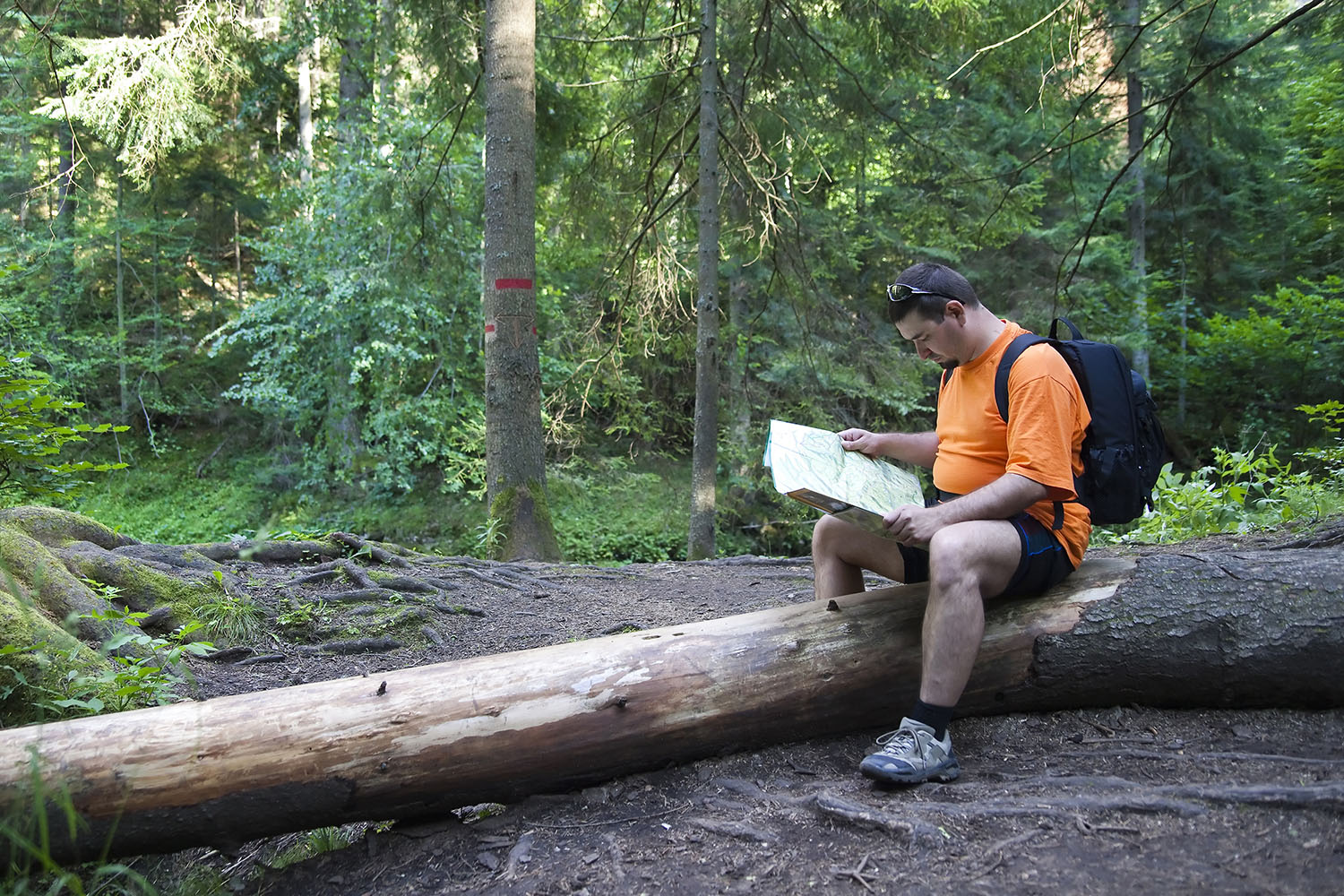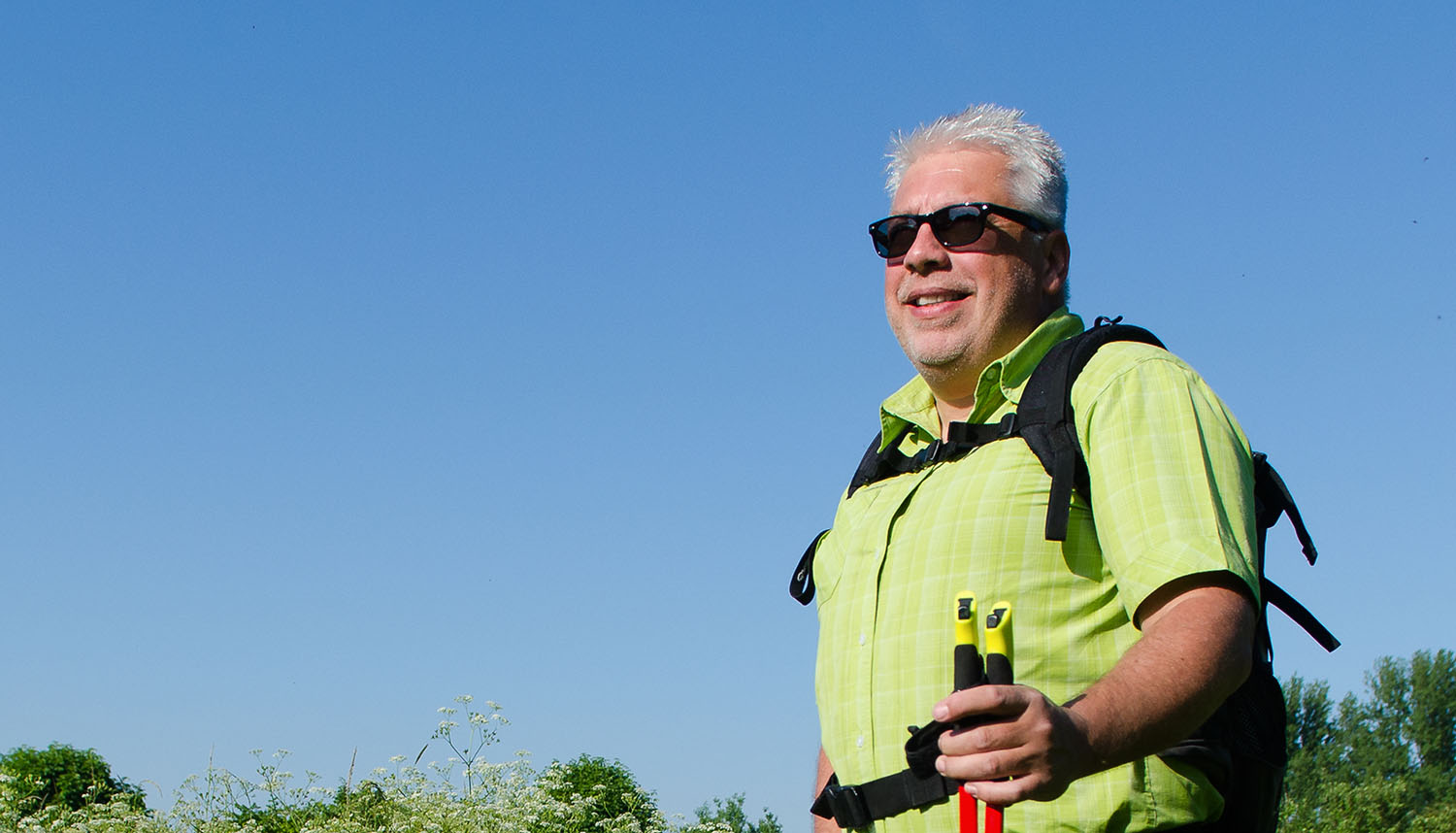
Usually, the first sign that the way you’re going isn’t right is when it doesn’t match up with expected key waypoints. Remember that if enough bushwalkers make the same mistake, a new way will form. Very confusing!
Bushwalking ways are typically made by clearing vegetation, removing obstacles such as logs and compacting the soil or bringing in rocks etc. Common features to bushwalking ways include:
– Cleared vegetation including cut logs (i.e. chainsawed trees)
– Compacted soil or stones
– Footprints
– Signposts
– Cairns (piles of rocks)
Ways that are faint or don’t include these features may not be right, and should start to raise alarm bells! Other signs that you’re not on the main way include:
– The way leads to areas inaccessible to humans
– The way weaves back upon itself
– The way splits multiple times
– The way leads off from the main route to a water source or shelter
The number one rule when things in the landscape don’t match with what you expect is to stop. Have a good think about where you last knew where you were, and return to that location. In doing so, you return to a spot where you are certain of the location on the map and can trace out where you went wrong. Most likely you missed a turn or there was a faint junction that you missed.
 Picking up the way again
Picking up the way again What to do if I’m lost
What to do if I’m lost Staying found
Staying found